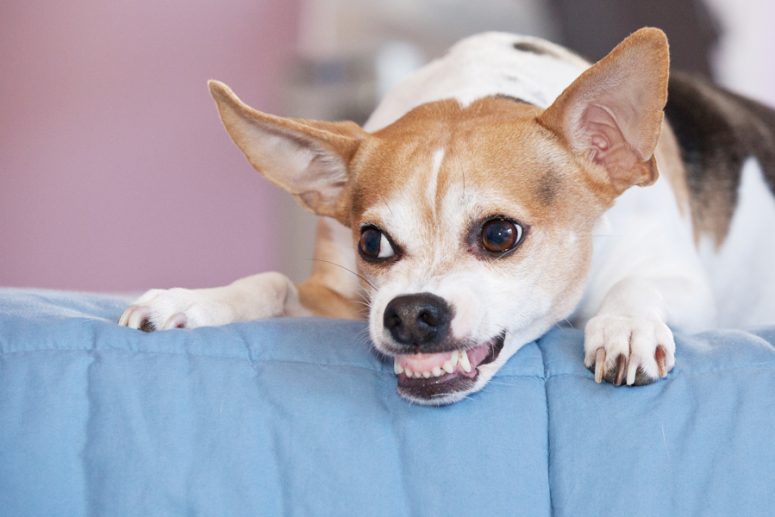
Good day to ALL from us at Hounds of Hackney.
We are reporting to you after what was a magnificent bank holiday full of gorgeous sunshine and long walks with the dogs.
Warm & dry weather is always a good excuse to go for walkies and whilst the sun is still shining and making your dog’s social life hectic, we’d like to talk to you about staying safe whilst you are both out and about.
Today we’d like to draw your attention to dog attacks. Whilst we’d like to keep the subject light and lovely – we are all about raising awareness and talking about concerns. We want you to feel as equipped with information as you possibly can be and regrettably – this happens.
There are many reasons as to why your dog or another dog may become aggressive. Illness, frustration, leash aggression, protection (hyper vigilant over territory), social aggression, anxiety or fear – to name a few – can all be reasons for a dog to attack. However, whatever it is that causes the hostile reaction doesn’t really matter when two dogs are locked in battle, with you on the other end of your dog’s lead.
Advice on what to do seems to depend on who you are talking to. If you manage to spot the start of a stand-off between your dog and another dog – Be wary of pulling your dogs lead as this could make your dog more aggressive as it is reacting to your aggression and anxiousness.
If the interaction becomes more heated – try to put a barrier in between the dogs or distract the dogs attention with something like a stick. However, NEVER use it to hit the dogs out of fright as this could make the situation worse. You should never pick up your dog in an effort to protect them as this may encourage the attacking dog to leap at you.
Body Language is a big thing to consider and lowering yourself and making eye contact with the offending dog can encourage their rage. Also, it is important to remember not to open your mouth and show your teeth, as again, the offending dog could turn on you.
Snarling, growling, barking, baring teeth, a stiff tail and ears are all things to watch out for but sometimes these things can come out of nowhere.
The most important thing to do for you and your dog is to stay as calm as possible, avoid running away, use stern commands and where possible, try to separate the dogs without putting yourself in danger.
If your dog is hurt, seek medical advice straight away. Wrap them in a blanket and keep their nose exposed but be wary as a dog in pain can bite out of frustration.
We hope you have no need to employ any of the strategies above when out with your pet but it’s always better to be safe than sorry. Knowledge is power.
